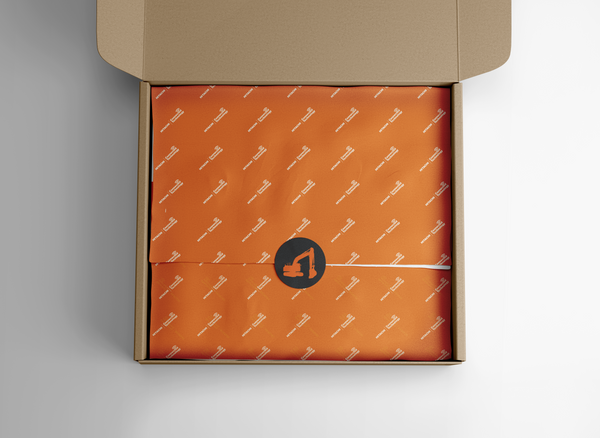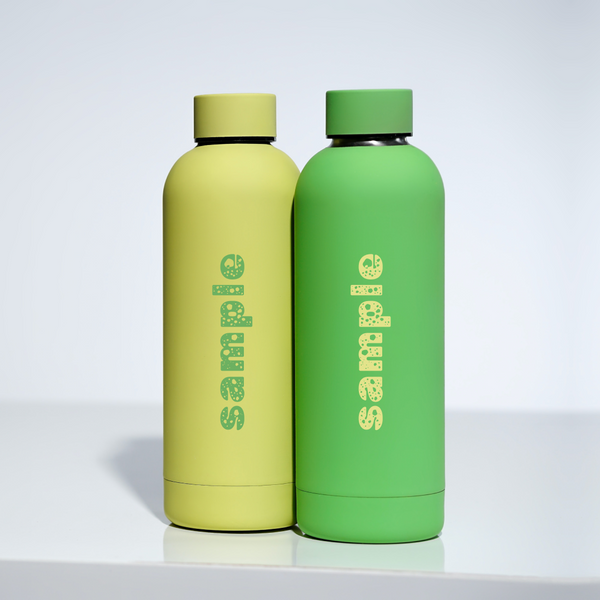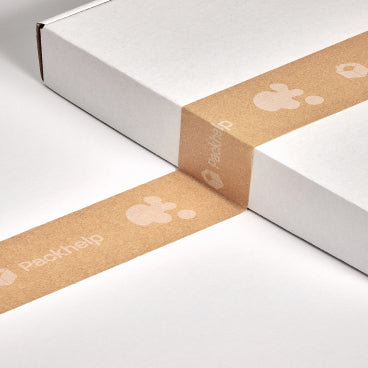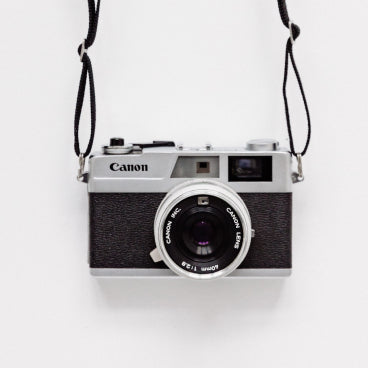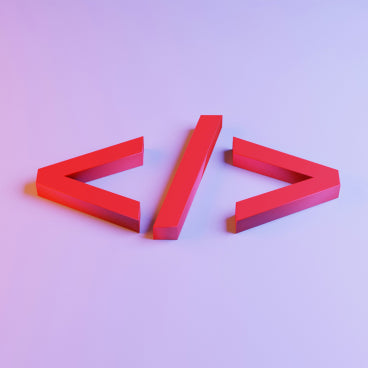Print on Demand vs Traditional inventory stock holding
There’s been a lot of buzz over the last few years — particularly since the start of the pandemic — surrounding the Print on Demand business model. But what is it and why are people hyped up about it?
Print on Demand (POD), similar to Dropshipping, is the model that essentially means you don’t have to stock any inventory. Instead when a customer or end user orders one of your products, the request goes straight to the manufacturer who then prints and produces the product, packages it up and then delivers it straight to the customer. This is in contrast to traditional inventory stock holding, where you would typically order your products upfront from the manufacturers/suppliers and store them yourself.
So what’s so good about Print on Demand?
No upfront costs
There are three main reasons to go with the Print on Demand model. Firstly, most Print on Demand companies tend to charge you a percentage from your profit or a flat fee per order after you have sold the product to the customer. So if upfront costs are a barrier to getting your business up and running then POD could be the way to go. It also means that you can tweak products and designs as you go along with minimal costs. Whereas if you’ve ordered a load of stock, you’ll potentially have to sell all of it before you’ve got enough money to change it, or cut your losses and start again. There’s nothing worse than being out of pocket before you’ve even started!
No minimum order quantity
Secondly, most suppliers will have a minimum order quantity (MOQ) attached to each product, meaning that you’ll have to order a lot of units. If you haven’t got the space to store all of your products, or you don’t have the budget to hire a warehouse, then POD becomes an ideal solution.
Less stress
Lastly, if you’re just starting out and still trying to find your feet you might quickly come to realise there’s a lot to consider when trying to make a business work. If you’re struggling to spin lots of plates all at once, the last thing you want to be doing is adding more plates. POD doesn’t do everything for you, but it covers a lot of the logistics for e-commerce store. Ultimately, POD means less hassle, and therefore less stress to deal with, which is always welcome in any business!
How does Inventory and fulfilment compare?
Cost effective
Traditionally a retailer would have a warehouse to stock the products, fulfil orders and ship out from. It sounds very expensive to do this but in reality, if you have some capital up front it actually works out cheaper. Think of it like buying a mobile phone on finance. If you paid for the phone upfront then you’ve probably got the cheapest deal at the time, however if you decided to pay monthly then you’re most likely going to be paying interest on top of the original price and affectively paying a lot more overall.
More profit for you
Similarly with Print on Demand you are paying the absolute premium price for the product. The cost of paying for one t-shirt could be around £8-£12 to you, the retailer, but if you bought in bulk then the cost would dramatically reduce. This means that you can still sell that t-shirt for £15 but make £4-£8 more per t-shirt. It also means that if you want shift a lot of stock, you’re able to put your products on offer or have a seasonal sale, something you can’t do with POD.
Quality Assurance (QA)
Another advantage to purchasing stock up front is that you will be able to check the quality of each product before you put it in your shop or on your website. If something is not quite right then it’s a lot easier to change or at least get through to the suppliers. If you haven’t seen the product before it’s been sent out to the customer then it can become infuriating to you and the customer in trying to getting the issue resolved, and end costing you a lot of time and money in the process.
Every detail considered
If you’re using a POD service you might have to find different companies to do different services, for example if you want eco-friendly packaging, then the typical POD supplier might not have that on offer and so you’d have to find someone else. But depending on your budget most suppliers will do everything you need for you, from labelling to packaging and fulfilling orders, and therefore making it a lot less stressful to you. Again, if there’s less people in a chain, then there’s less things that can go wrong!
Longtime proof – easy to expand
We’ve mostly talked about having an e-commerce store here, but if you did want to expand in to a bricks-in-mortar store, then you don’t have to change anything, except maybe the amount of stock you hold. However this might be a bit trickier, and not wise if you were on POD service.
Summary
So which business model is best? Well that depends entirely on your circumstances and where you’re at as a business. If you’re just starting up, testing the waters and haven’t got much capital in the bank, then Print on Demand would probably work best for you. However, if you are a business already on the up and wanting to take your brand to the next level, then using a company that can supply, stock and package products and fulfil orders then it’s probably safer to go with the traditional route.
Whatever your needs are, we can help you.
We have a great reputation when it comes to producing merchandise for festivals, conferences and other promotional events. Let us help you create the best experience by getting in touch here.
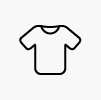 T-Shirts
T-Shirts Polo Shirts
Polo Shirts Sweatshirts
Sweatshirts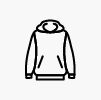 Hoodies
Hoodies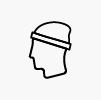 Headwear
Headwear Eyewear
Eyewear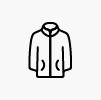 Fleeces
Fleeces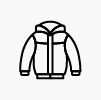 Jackets & Gilets
Jackets & Gilets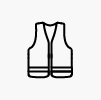 Hi-Vis
Hi-Vis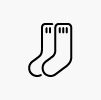 Socks
Socks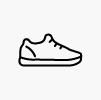 Footwear
Footwear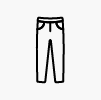 Shorts & Trousers
Shorts & Trousers Backpacks
Backpacks Tote Bags
Tote Bags Gift Bags
Gift Bags Laptop Bags
Laptop Bags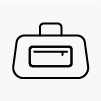 Sports Bags
Sports Bags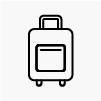 Travel Bags
Travel Bags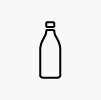 Insulated Bottles
Insulated Bottles Keepcups & Tumblers
Keepcups & Tumblers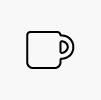 Mugs
Mugs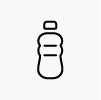 Sports & Water Bottles
Sports & Water Bottles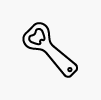 Drinkware Accessories
Drinkware Accessories Sustainable Drinkware
Sustainable Drinkware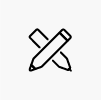 Pens & Pencils
Pens & Pencils Notebooks
Notebooks Sports Promo
Sports Promo Sportswear & Kits
Sportswear & Kits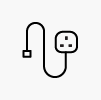 Chargers
Chargers Phone Cases
Phone Cases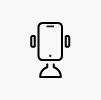 Phone Holders
Phone Holders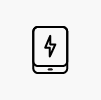 Powerbanks
Powerbanks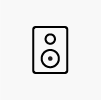 Speakers
Speakers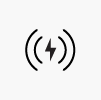 Wireless Tech
Wireless Tech Umbrellas
Umbrellas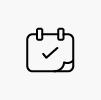 Events
Events Retail
Retail Promotional Campaigns
Promotional Campaigns Uniform & Workwear
Uniform & Workwear Health & Travel
Health & Travel
